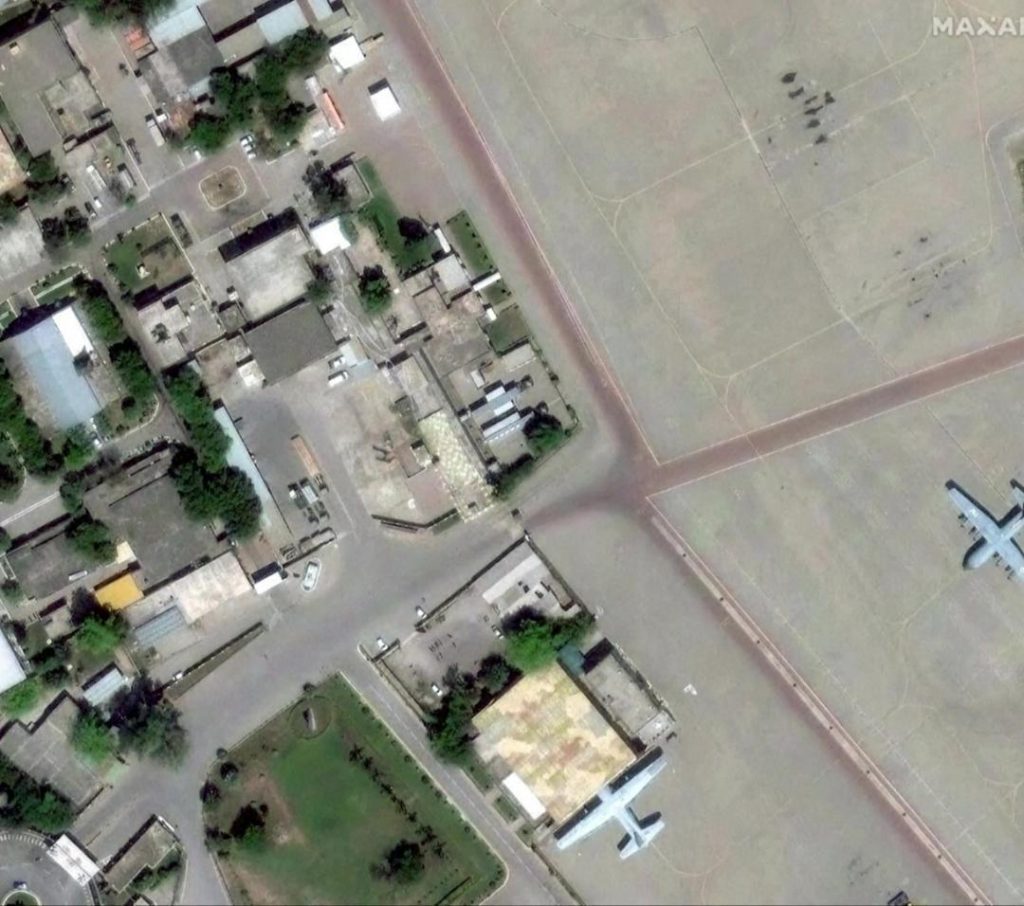
Title: Air Defence Systems of China & Pak No Match for India’s BrahMos: Expert
In recent times, there have been significant developments in the military capabilities of India, China, and Pakistan. While these countries have been engaged in an arms race, a renowned American urban warfare expert has made some startling claims about the air defence systems of China and Pakistan. According to Colonel (Retd) John Spencer, these systems are no match for India’s BrahMos missile.
Colonel Spencer, a retired US Army colonel, has been studying the military capabilities of these countries for some time. He recently spoke about the recent military operation carried out by India in Pakistan, code-named Operation Sindoor. During this operation, India used BrahMos missiles to precision strike Pakistan’s air bases, sending a strong message to its adversary.
According to Colonel Spencer, China’s air defence systems are sub-par compared to those of India. “Chinese air defence systems and missiles are sub-par vis-à-vis India’s systems,” he said. “India’s message was clear. It can hit anywhere in Pakistan anytime.”
BrahMos, a joint venture between India and Russia, is a supersonic cruise missile that can travel at speeds of over Mach 2.8, making it one of the fastest missiles in the world. It has a range of over 300 km and can carry a payload of 200 kg. The missile is highly accurate and can engage both air and land targets.
India’s use of BrahMos missiles during Operation Sindoor was a demonstration of its military might and a warning to Pakistan. The operation was a significant escalation of tensions between the two countries, which have been engaged in a bitter conflict over the Kashmir region.
Pakistan has been seeking to develop its military capabilities to counter India’s growing strength. In recent years, it has been working on developing its air defence systems, including the acquisition of F-16 fighter jets from the US. However, according to Colonel Spencer, these efforts are unlikely to make a significant impact on the battlefield.
Pakistan’s air defence systems are largely based on older technology, including the Chinese-made F-7 and F-8 fighter jets. These aircraft are no match for India’s advanced military systems, including its Su-30MKI fighter jets and air defence systems like the S-400 and Akash.
China, on the other hand, has been rapidly developing its military capabilities in recent years. It has been expanding its air force, acquiring advanced fighter jets like the J-20 and J-31, and developing its air defence systems. However, according to Colonel Spencer, China’s air defence systems are not yet on par with those of India.
China’s air defence systems are largely based on older technology, including the S-300 and S-400 surface-to-air missile systems. While these systems are capable of engaging air targets, they are not as advanced as India’s air defence systems. India’s S-400 and Akash systems are more advanced and capable of engaging a wider range of targets.
In conclusion, Colonel Spencer’s comments highlight the significant gap between the air defence systems of China and Pakistan and those of India. While these countries are engaged in an arms race, India’s BrahMos missile and advanced air defence systems give it a significant advantage on the battlefield. As tensions between India and Pakistan continue to escalate, it is likely that these countries will continue to develop their military capabilities in an effort to gain an advantage over their adversary.



